Does An Nd Filter Affect Depth Of Field?
Neutral Density (ND) filters are a popular tool among photographers and videographers, but their impact on various aspects of image quality, including depth of field, is often a topic of discussion. In this article, we will explore how ND filters work, their primary uses, and whether they affect the depth of field in your images. By the end, you should have a clear understanding of how to use ND filters effectively to achieve your desired photographic outcomes.
Understanding ND Filters
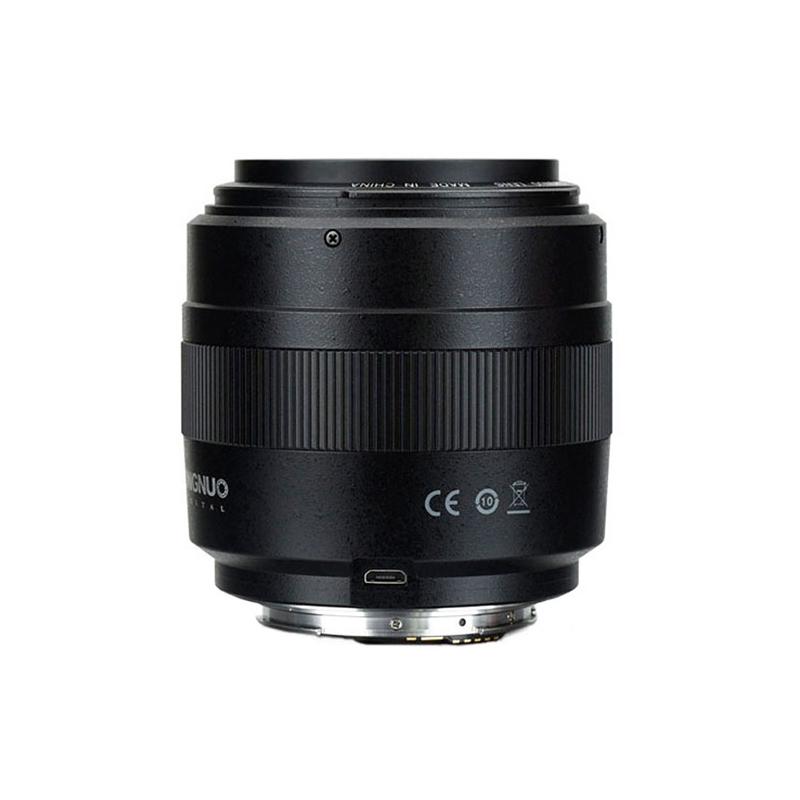
ND filters are essentially darkened pieces of glass or resin that reduce the amount of light entering the camera lens. They come in various strengths, typically measured in stops, which indicate how much light they block. For example, a 3-stop ND filter reduces the light by three stops, allowing only 1/8th of the light to pass through.
The primary purpose of an ND filter is to give photographers and videographers more control over exposure settings in bright conditions. By reducing the light entering the lens, you can use slower shutter speeds or wider apertures without overexposing your image. This is particularly useful for achieving specific creative effects, such as motion blur in waterfalls or a shallow depth of field in bright sunlight.
Depth of Field: A Quick Recap
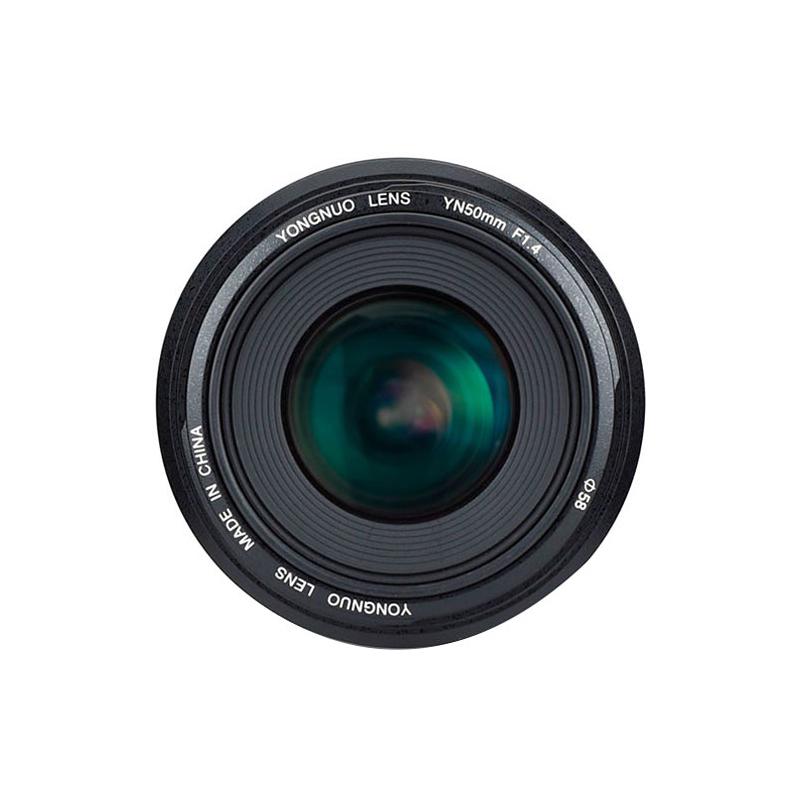
Depth of field (DoF) refers to the range of distance within a photo that appears acceptably sharp. It is influenced by three main factors: aperture, focal length, and the distance between the camera and the subject. A wider aperture (smaller f-number) results in a shallower depth of field, while a narrower aperture (larger f-number) increases the depth of field. Similarly, a longer focal length and a closer subject distance also contribute to a shallower depth of field.
The Role of ND Filters in Depth of Field
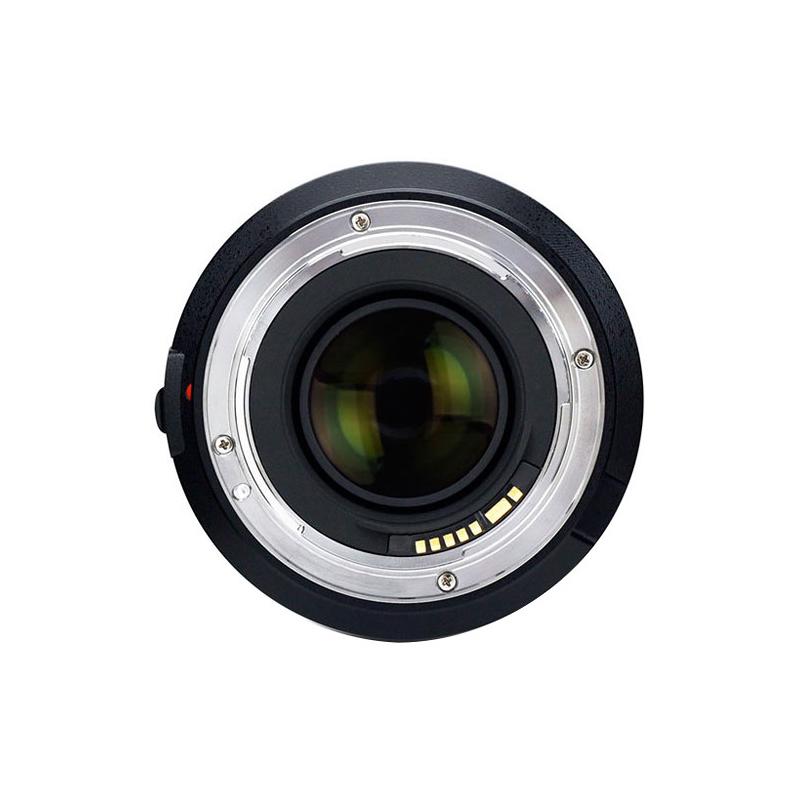
Now, let's address the core question: does an ND filter affect depth of field? The short answer is no, ND filters do not directly affect depth of field. However, they can indirectly influence it by allowing you to use different exposure settings that do affect depth of field.
Indirect Influence on Depth of Field

1. Wider Apertures: One of the main reasons photographers use ND filters is to enable the use of wider apertures in bright conditions. For instance, if you want to shoot a portrait with a shallow depth of field (wide aperture) on a sunny day, the bright light might cause overexposure. An ND filter allows you to use that wide aperture without overexposing the image, thereby achieving the desired shallow depth of field.
2. Longer Exposures: ND filters are also used to achieve longer exposure times, which can create motion blur effects. While this doesn't directly affect depth of field, it can change the overall aesthetic of the image. For example, using a long exposure to blur moving water while keeping the surrounding landscape sharp can create a striking contrast that enhances the depth and dimension of the photo.
Practical Applications of ND Filters
To better understand how ND filters can be used to control depth of field indirectly, let's look at some practical scenarios:
Portrait Photography
In portrait photography, a shallow depth of field is often desirable to isolate the subject from the background. On a bright day, achieving this effect can be challenging without overexposing the image. By using an ND filter, you can open up the aperture to create a beautiful bokeh effect while maintaining proper exposure. This allows you to capture stunning portraits with a creamy, out-of-focus background that makes the subject stand out.
Landscape Photography
Landscape photographers often use ND filters to achieve long exposures, which can create a sense of motion in elements like clouds, water, or foliage. While the primary goal here is to capture the movement, the use of an ND filter can also allow for a wider aperture if desired. This can be useful in situations where you want to isolate a specific element in the landscape, such as a flower or a rock formation, by using a shallower depth of field.
Videography
In videography, maintaining a consistent shutter speed is crucial for achieving natural-looking motion. However, in bright conditions, this can result in overexposure. ND filters allow videographers to use wider apertures and slower shutter speeds without compromising exposure, thereby achieving a cinematic look with a shallow depth of field. This is particularly useful for creating a professional, film-like aesthetic in video projects.
Choosing the Right ND Filter
When selecting an ND filter, consider the following factors:
1. Strength: ND filters come in various strengths, typically ranging from 1-stop to 10-stops or more. The strength you need depends on the lighting conditions and the effect you want to achieve. For example, a 3-stop ND filter might be sufficient for portrait photography, while a 10-stop ND filter is better suited for long exposure landscape shots.
2. Quality: Invest in high-quality ND filters to avoid issues like color cast, vignetting, or loss of sharpness. Look for filters made from optical glass with multi-coating to reduce reflections and enhance image quality.
3. Type: ND filters come in two main types: fixed and variable. Fixed ND filters have a set strength, while variable ND filters allow you to adjust the strength by rotating the filter. Variable ND filters offer more flexibility but can be prone to issues like cross-polarization at higher strengths.
In summary, while ND filters do not directly affect depth of field, they provide photographers and videographers with the flexibility to use exposure settings that do. By allowing the use of wider apertures and longer exposures in bright conditions, ND filters enable creative effects that can enhance the depth and dimension of your images. Whether you're shooting portraits, landscapes, or videos, understanding how to use ND filters effectively can help you achieve your desired photographic outcomes.
By mastering the use of ND filters, you can take full control of your exposure settings and unlock new creative possibilities in your photography and videography. So, the next time you're faced with challenging lighting conditions, consider reaching for an ND filter to help you achieve the perfect shot.


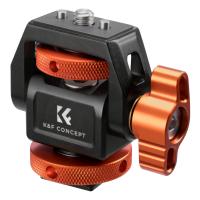
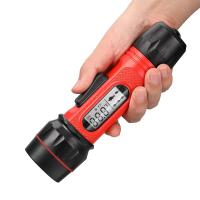






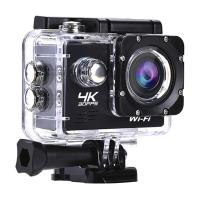
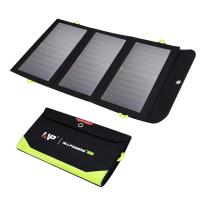




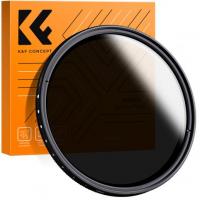


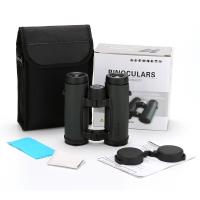
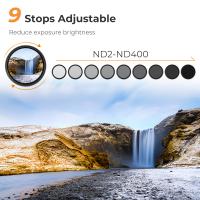



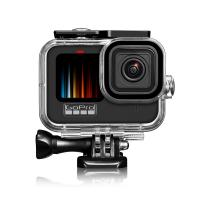

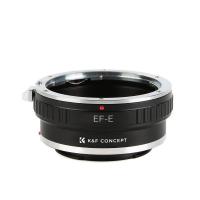
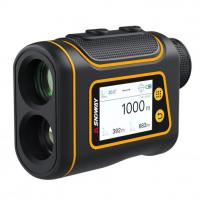

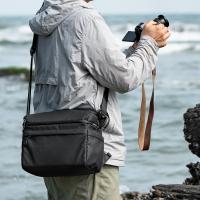



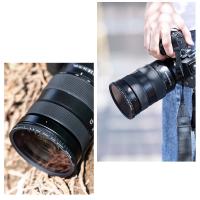
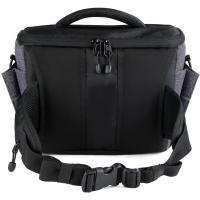

There are no comments for this blog.